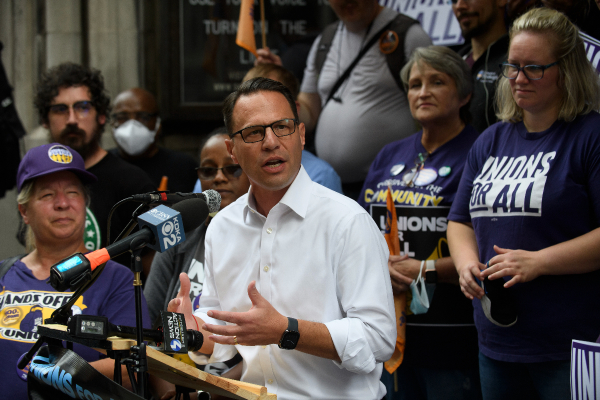World's First 'Inter-Religious' University Concludes First Semester
A Southern California academic institution that prides itself on being “the world’s first inter-religious university” has completed its first semester since opening its door.
Claremont Lincoln University, once a Methodist seminary, has decided to add other religious schools to its program, including most recently several Eastern religions.
Tammi J. Schneider, a professor of Hebrew Bible at Claremont School of Theology at Claremont LFloveincoln University, said that she had a favorable opinion of Claremont’s direction.
“I am a big fan of religious diversity,” said Schneider, who is also dean of the School of Religion at Claremont Graduate University, unofficially affiliated with Claremont Lincoln.
“I think people learn more about themselves and their own religion when they learn about how others do it.”
In June 2010, Claremont School of Theology’s president, the Reverend Jerry Campbell, announced the seminary will be partnering with Jewish and Islamic schools to offer training to seminarians of various faiths.
In September 2011, the schools launched Claremont Lincoln University. The name was a combination of the name of the theology school and the last name of a trustee who donated $50 million to the interfaith project.
By late 2011, Claremont Lincoln further expanded its interfaith campus to include Eastern religious views such as Buddhism and Jainism.
In an earlier interview with CP, Claremont School of Theology’s Director of Public Relations Claudia Pearce stressed that the university and the seminary were different.
“It’s important to distinguish between Claremont Lincoln and the individual religious schools here. In particular, Claremont School of Theology will continue to include evangelism in its curriculum,” said Pearce.
“However, when our Christian students take classes with the other faiths through Claremont Lincoln, they are instructed to refrain from proselytizing during class discussions…”
Although teaching at the multi-religious campus, Schneider admits that her classes have not been reflective of the increasingly diverse religious environment.
“Since I teach Hebrew Bible, and especially students getting PhDs in it and therefore are rather specialized classes, I have not seen much of a shift, at least not last semester,” said Schneider.
Schneider also said that as “there have been a few occasions where some things happened and the groups seemed to be talking past each other because the two sides simply did not even understand what the issue was for one side.”
Without going into specifics, Schneider nevertheless did not consider these issues to be “’problems’ per se.”
Grace Yia-Hei Kao, associate professor of ethics at Claremont Lincoln, said that she also believes there were issues as different religious groups interacted at the campus, but she also considered them “all resolved and resolvable.”
While Claremont Lincoln continues to look towards expansion of its many theology schools, other United Methodist seminaries are less willing to take such a route.
Jan Love, dean and professor of Christianity and world politics at the Candler School of Theology at Emory University, said that her seminary has also experienced “the new demographic reality.”
“Christians increasingly live next door to, go to schools with, and share hospital and other community facilities with people of other faith traditions,” said Love.
“The Claremont Lincoln University decision to teach leaders of various faith traditions together in the same classroom is one way to respond. It's certainly not the only way to respond.”
Love explained that one way Candler responds is by having a curriculum requiring Master of Divinity students to take a class in a world religion other than Christianity.
“Candler likely will not ever respond to the new demographic reality the way that Claremont Lincoln University has responded,” said Love. “Candler has a clear, uncontested Christian identity that we enthusiastically embrace.”






















